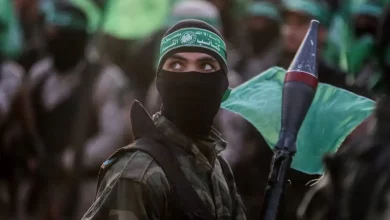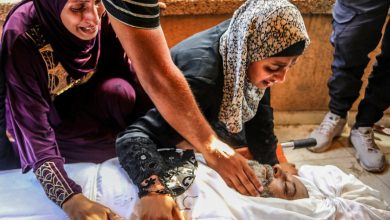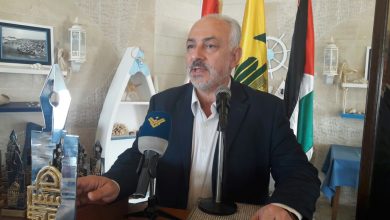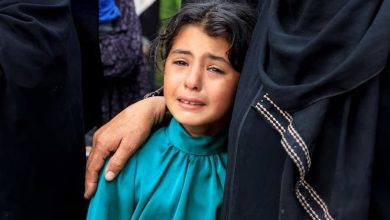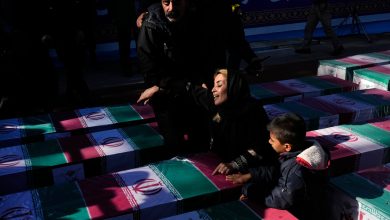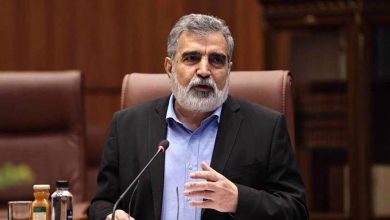Zionist media outlets report significant damage to occupation regime’s infrastructure by Hezbollah
According to reports from zionist media, Hezbollah has reportedly caused significant damage to settlements, military installations, and infrastructure in the northern regions of the occupied territories since October 2023.
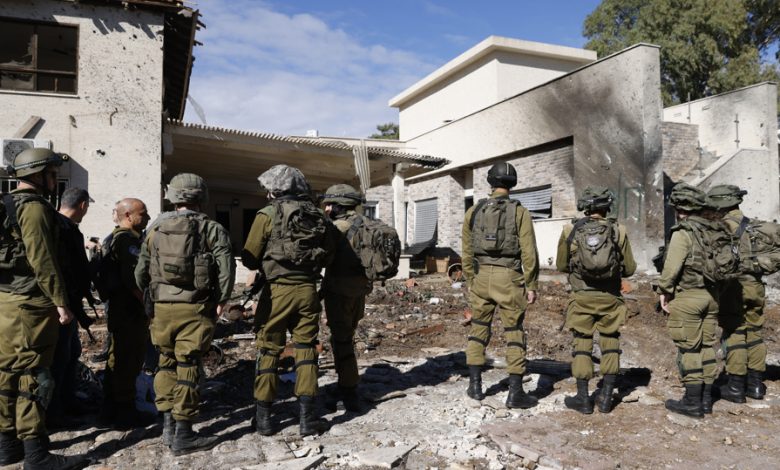
Property tax records acquired by Hebrew media sources have revealed a concerning snapshot of destruction, highlighting damage to roughly 9,000 buildings and more than 7,000 vehicles, predominantly impacted by Hezbollah attacks.
According to a report by the Israeli newspaper Yedioth Ahronoth on Tuesday, nearly all structures in settlements located along the conflict line necessitate either renovation or complete demolition and reconstruction.
The northern settlements and cities including Kiryat Shmona, Manara, Shtula, Zarit, Nahariya, and Shlomi have experienced significant damage. According to the report, the true extent of the destruction remains obscured and difficult to ascertain, described metaphorically as being “shrouded in a heavy fog.”
In Kiryat Shmona, the scale of damage has been described as “unimaginable,” according to Mayor Avichai Stern. Stern stated that each settler unit in the area requires renovations, a process expected to span several months.
Stern stated that there is currently no strategy in place to facilitate the return of settlers to the northern region.
Experts predict that as individuals assess the conditions to which they have returned, a subsequent and more expansive wave of departures is likely to ensue.
David Azoulay, the leader of the Metulla Settlement Council, announced that a devastating 70% of the homes in the area have been destroyed.
Moshe Davidovitz, who leads the Conflict Line Settlements Forum, expressed concerns about Israel’s awareness of the full scope of the destruction and the necessary measures to address the aftermath of the conflict.
Numerous injuries in the northern region remain unreported, as efforts are underway to evacuate residents, or because certain areas are inaccessible due to military directives.
In the early stages of the conflict, Hezbollah strategically focused its attacks on settlements, nearby military installations, and key sites. As tensions heightened with Israel’s escalating actions, Hezbollah progressively expanded its operations further into the northern regions.
In the aftermath of the pager attacks in Lebanon and the assassination of Secretary-General Sayyed Hassan Nasrallah in late September, both Haifa and Tel Aviv have come within the firing range of Hezbollah.
A significant number of Israeli citizens perceive a prospective ceasefire agreement with Hezbollah as tantamount to an “act of capitulation,” viewed as an acknowledgment of defeat by the Lebanese resistance movement.

